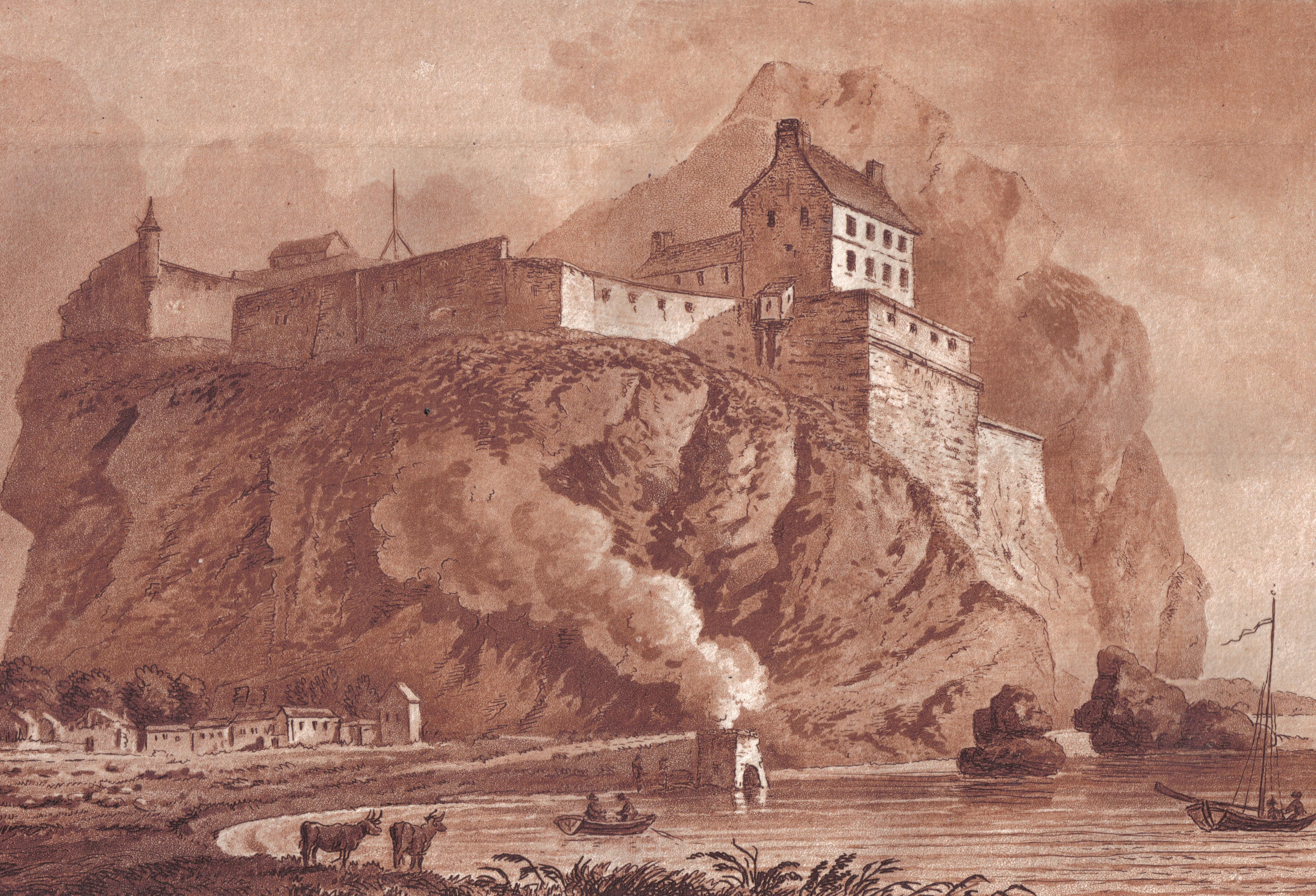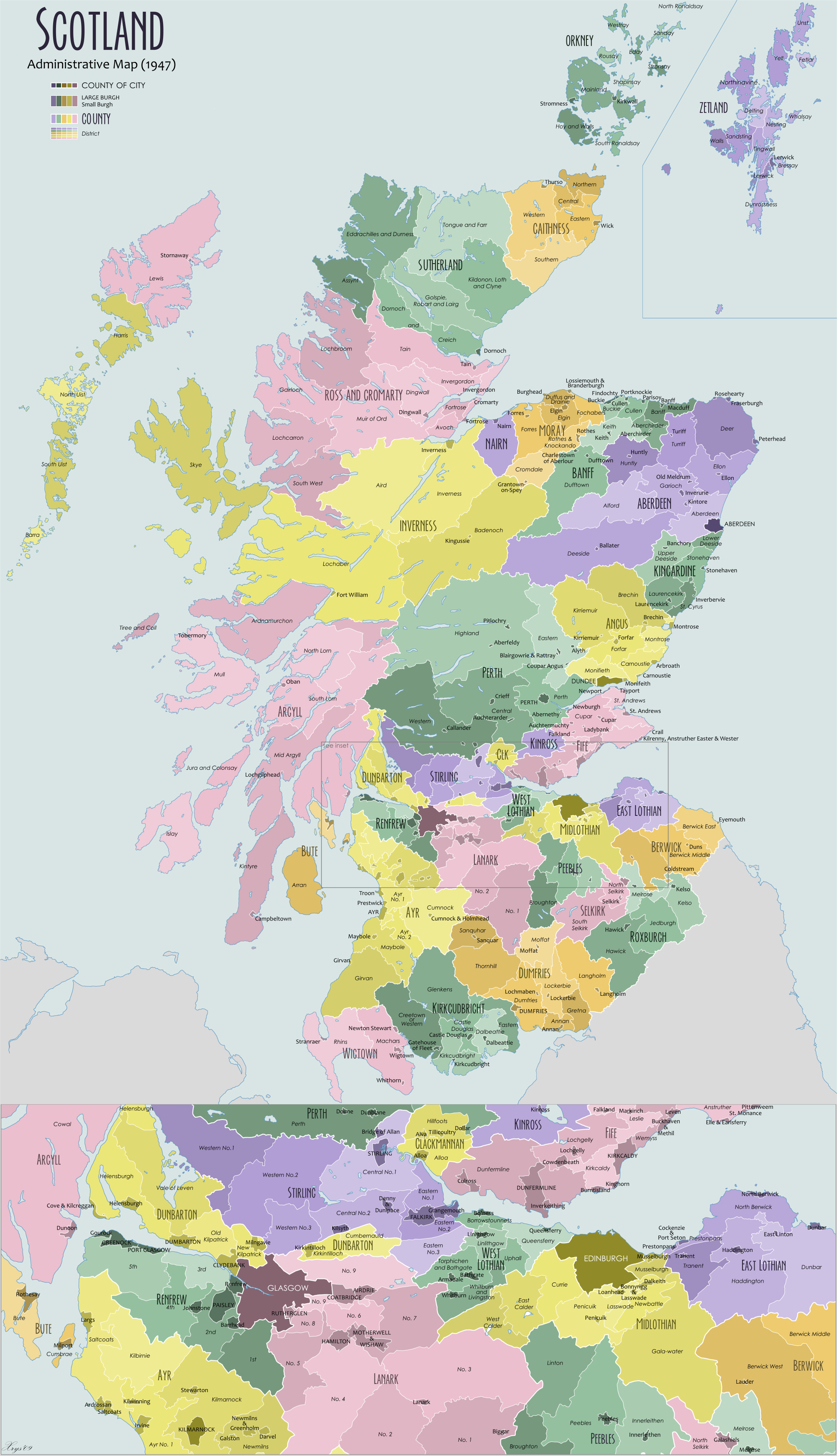|
Dumbarton
Dumbarton (; , or ; or , meaning 'fort of the Britons (historical), Britons') is a town in West Dunbartonshire, Scotland, on the north bank of the River Clyde where the River Leven, Dunbartonshire, River Leven flows into the Clyde estuary. In 2006, it had an estimated population of 19,990. Dumbarton was the capital of the ancient Kingdom of Strathclyde, and later the county town of Dunbartonshire. Dumbarton Castle, on top of Dumbarton Rock, dominates the area. Dumbarton was a royal burgh between 1222 and 1975. Dumbarton emerged from the 19th century as a centre for shipbuilding, glassmaking, and whisky production. However, these industries have since declined, and Dumbarton today is increasingly a commuter town for Glasgow east-southeast of it. Dumbarton F.C. is the local football club. Dumbarton is home to BBC Scotland's drama studio. History Dumbarton history goes back at least as far as the Iron Age and probably much earlier. It has been suggested that in Ancient Rom ... [...More Info...] [...Related Items...] OR: [Wikipedia] [Google] [Baidu] |
Dumbarton Castle
Dumbarton Castle (, ; ) has the longest recorded history of any stronghold in Scotland. It sits on a volcanic plug of basalt known as Dumbarton Rock which is high and overlooks the Scottish town of Dumbarton. History Dumbarton Rock was formed between 330 and 340 million years ago, during the Early Carboniferous period, a time of widespread volcanic activity in the area where Glasgow is now situated; over time, the softer exterior of the volcano weathered away, leaving behind a volcanic plug of basalt. Iron Age At least as far back as the Iron Age, this has been the site of a strategically important settlement, as evidenced by archaeological finds. The people that came to reside there in the era of Roman Britain were known to have traded with the Romans. However the first written record about a settlement there was in a letter that Saint Patrick wrote to King Ceretic of Alt Clut in the late 5th century. Early Medieval era David Nash Ford has proposed that Dumbarton was th ... [...More Info...] [...Related Items...] OR: [Wikipedia] [Google] [Baidu] |
Dunbartonshire
Dunbartonshire () or the County of Dumbarton is a Shires of Scotland, historic county, lieutenancy areas of Scotland, lieutenancy area and registration county in the west central Lowlands of Scotland lying to the north of the River Clyde. Dunbartonshire borders Perthshire to the north, Stirlingshire to the east, Lanarkshire and Renfrewshire to the south, and Argyllshire to the west. The county covered a similar area to the earldom and later duchy of Lennox (district), Lennox. The historic county gives its name to two of Scotland's modern council areas, being East Dunbartonshire and West Dunbartonshire. Name The town name "Dumbarton" comes from the Scottish Gaelic meaning "fort of the Britons (historical), Britons". Historically, the spelling of the county town and the county were not standardised. By the 18th century the names "County of Dunbarton" and "County of Dumbarton" were used interchangeably. The n in "Dunbarton" represents the etymology "fort"; the "m" in "Dumbarton" ... [...More Info...] [...Related Items...] OR: [Wikipedia] [Google] [Baidu] |
West Dunbartonshire
West Dunbartonshire (; , ) is one of the 32 Local government in Scotland, local government council areas of Scotland. The area lies to the north-west of the Glasgow City council area and contains many of Glasgow's commuter towns and villages. West Dunbartonshire also borders Argyll and Bute, East Dunbartonshire, Renfrewshire and Stirling (council area), Stirling. The council area was formed in 1996 from the former Clydebank (district), Clydebank district and the eastern part of Dumbarton (district), Dumbarton district, which had both been part of Strathclyde Regions and districts of Scotland#Regions, Region. West Dunbartonshire has three main urban areas: Clydebank, Dumbarton and the Vale of Leven. The area also includes the intervening rural areas, including the Kilpatrick Hills and the south-eastern bank of Loch Lomond. The council is based at Dumbarton Burgh Hall, 16 Church Street in Dumbarton, although Clydebank is the largest town. History West Dunbartonshire was created ... [...More Info...] [...Related Items...] OR: [Wikipedia] [Google] [Baidu] |
Dumbarton (Scottish Parliament Constituency)
Dumbarton ( Gaelic: ''Dùn Breatann'') is a constituency of the Scottish Parliament ( Holyrood) covering parts of the council areas of Argyll and Bute and West Dunbartonshire. It elects one Member of the Scottish Parliament (MSP) by the first past the post method of election. It is also one of ten constituencies in the West Scotland electoral region, which elects seven additional members, in addition to the ten constituency MSPs, to produce a form of proportional representation for the region as a whole. The seat has been held continuously by Jackie Baillie of Scottish Labour since being first contested at the 1999 Scottish Parliament election. Electoral region The other nine constituencies of the West Scotland region are: Clydebank and Milngavie, Cunninghame North, Cunninghame South, Eastwood, Greenock and Inverclyde, Paisley, Renfrewshire North and West, Renfrewshire South and Strathkelvin and Bearsden. The region covers part of the Argyll and Bute council ... [...More Info...] [...Related Items...] OR: [Wikipedia] [Google] [Baidu] |
West Dunbartonshire (UK Parliament Constituency)
West Dunbartonshire is a county constituency of the House of Commons of the United Kingdom, House of Commons of the Parliament of the United Kingdom. It elects one Member of Parliament (United Kingdom), Member of Parliament (MP) by the first past the post system of election. The current constituency was first used in the 2005 United Kingdom general election, 2005 general election. There was also an earlier West Dunbartonshire constituency, from 1950 to 1983. The current MP is Douglas McAllister of the Labour Party (UK), Labour Party, who was elected at the 2024 United Kingdom general election. Boundaries Historic The historic constituency was created under the House of Commons (Redistribution of Seats) Act 1949 and first used in the 1950 United Kingdom general election, 1950 general election.''Boundaries of Parliamentary Constituencies 1885-1972'' (), F. W. S. Craig, 1972 As created in 1950, the constituency was one of two covering the county of Dunbarton. The other was E ... [...More Info...] [...Related Items...] OR: [Wikipedia] [Google] [Baidu] |
Kingdom Of Strathclyde
Strathclyde (, "valley of the River Clyde, Clyde"), also known as Cumbria, was a Celtic Britons, Brittonic kingdom in northern Britain during the Scotland in the Middle Ages, Middle Ages. It comprised parts of what is now southern Scotland and North West England, a region the Welsh tribes referred to as ''Yr Hen Ogledd'' (“the Old North"). At its greatest extent in the 10th century, it stretched from Loch Lomond to the River Eamont at Penrith, Cumbria, Penrith. Strathclyde seems to have been annexed by the Goidelic languages, Goidelic-speaking Kingdom of Alba in the 11th century, becoming part of the emerging Kingdom of Scotland. In its early days it was called the kingdom of ''Alt Clud'', the Brittonic name of its capital, and it controlled the region around Dumbarton Rock. This kingdom emerged during Britain's Sub-Roman Britain, post-Roman period and may have been founded by the Damnonii people. After the Siege of Dumbarton, sack of Dumbarton by a Viking army from Kingdom ... [...More Info...] [...Related Items...] OR: [Wikipedia] [Google] [Baidu] |
River Clyde
The River Clyde (, ) is a river that flows into the Firth of Clyde, in the west of Scotland. It is the eighth-longest river in the United Kingdom, and the second longest in Scotland after the River Tay. It runs through the city of Glasgow. The River Clyde estuary has an upper tidal limit located at the tidal weir next to Glasgow Green#Tidal Weir, Glasgow Green. Historically, it was important to the British Empire because of its role in shipbuilding and trade. To the Roman Britain, Romans, it was , and in the early medieval Cumbric language, it was known as or . It was central to the Kingdom of Strathclyde (). Etymology The exact etymology of the river's name is unclear, though it is known that the name is ancient. In 50AD, the Egyptian mathematician, astronomer and geographer Ptolemy, Claudius Ptolemy wrote of the river as "Klōta", It was called or by the Celtic Britons, Britons and by the Romans. It is therefore likely that the name comes from a Celtic language—mos ... [...More Info...] [...Related Items...] OR: [Wikipedia] [Google] [Baidu] |
River Leven, Dunbartonshire
The River Leven () is a stretch of water in West Dunbartonshire, Scotland, flowing from Loch Lomond in the north to the River Clyde in the south. The river is about long. It is very popular with salmon and sea trout anglers, trying to catch one of these migratory fish going up to Loch Lomond. The Vale of Leven is a collection of communities in the northern part of the river, whilst the town of Dumbarton sits at the southern end. Dumbarton Castle sits at the confluence of the river with the Clyde. The Leven is a relatively short river but is widely claimed to be the second fastest flowing river in Scotland, after the River Spey. Possibly because of this, or possibly because it passes through a built-up area, it has a reputation as a dangerous river with many drownings over the years. The Linnbrane Hole in Alexandria is reputed to be the most dangerous spot. The river is crossed by nine bridges and two weirs. There is a path for pedestrians and cyclists near the river, which ... [...More Info...] [...Related Items...] OR: [Wikipedia] [Google] [Baidu] |
Traditional Counties Of Scotland
The counties or shires of Scotland () were historic subdivisions of Scotland. The shires were originally established in the Middle Ages for judicial purposes, being territories over which a sheriff had jurisdiction. They were distinct from the various older mormaerdoms, earldoms and other territories into which Scotland was also divided, which are collectively termed the provinces of Scotland by modern historians. The provinces gradually lost their functions, whereas the shires gradually gained functions. From the 16th century, the shires served as constituencies, electing shire commissioners to the Parliament of Scotland. From 1667 each shire had commissioners of supply responsible for collecting local taxes; the commissioners of supply were subsequently given various local government functions as well. From 1797, the shires also served as areas for organising the militia, which was the responsibility of a lord-lieutenant. Following the union of Scotland and England und ... [...More Info...] [...Related Items...] OR: [Wikipedia] [Google] [Baidu] |
BBC Scotland
BBC Scotland is a division of the BBC and the main public broadcaster in Scotland. Its headquarters are in Glasgow, employing approximately 1,250 staff as of 2017, to produce 15,000 hours of television and radio programming per year. BBC Scotland operates television channels such as the Scottish variant of BBC One, the BBC Scotland channel and the Gaelic-language channel BBC Alba, and radio stations BBC Radio Scotland and Gaelic-language BBC Radio nan Gàidheal. It is one of the four BBC national broadcasters, together with the BBC English Regions, BBC Cymru Wales and BBC Northern Ireland. Some £320 million of licence fee revenue is raised in Scotland, with expenditure on purely local content set to stand at £86 million by 2016–2017. The remainder of licence fee revenue raised in the country is spent on networked programmes shown throughout the UK, with BBC Scotland producing over 880 hours worth of programming for UK–wide broadcast on BBC One, BBC Two, BB ... [...More Info...] [...Related Items...] OR: [Wikipedia] [Google] [Baidu] |





